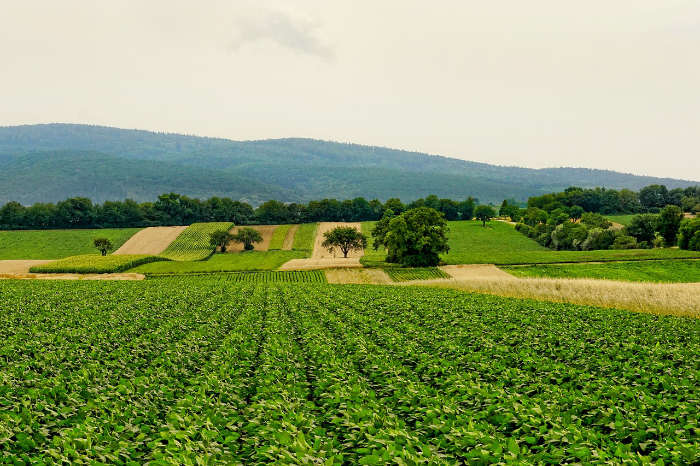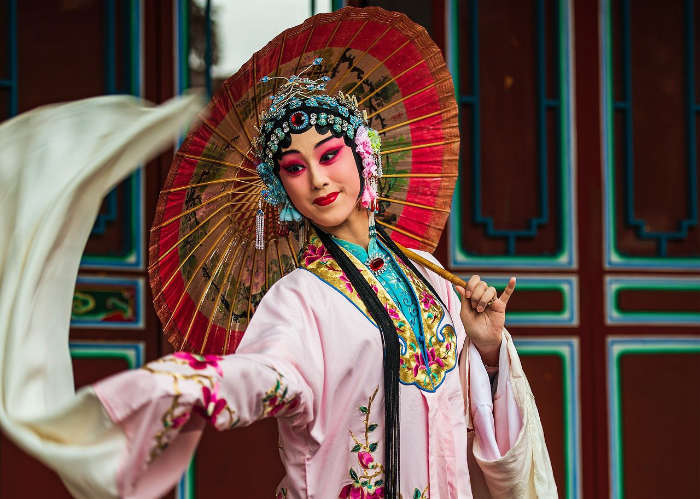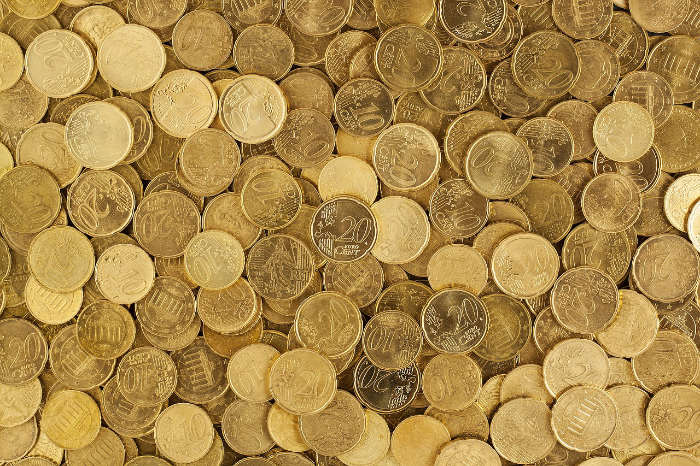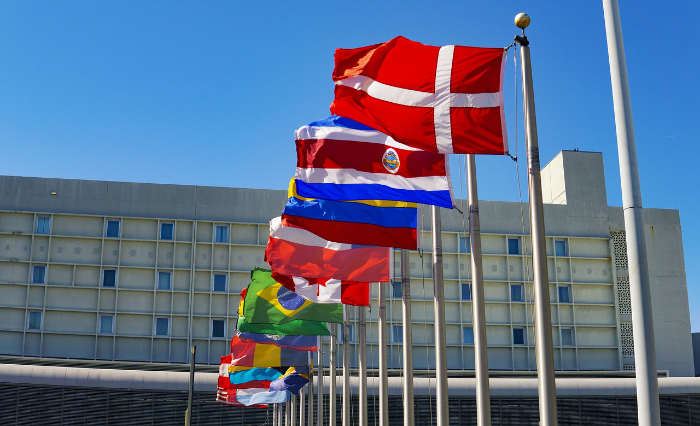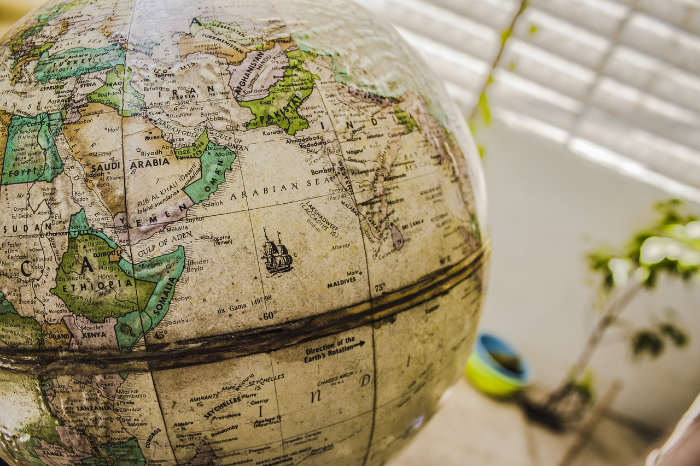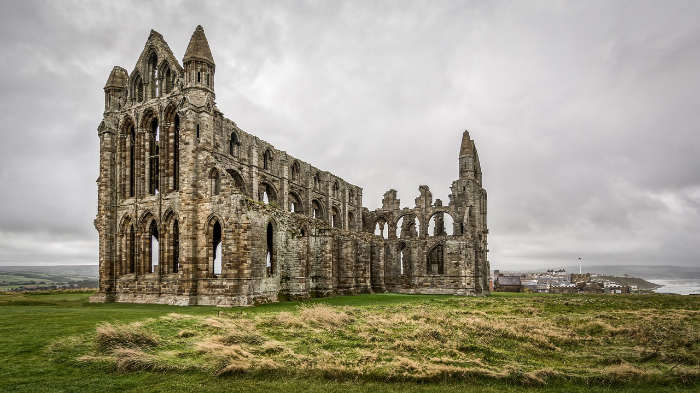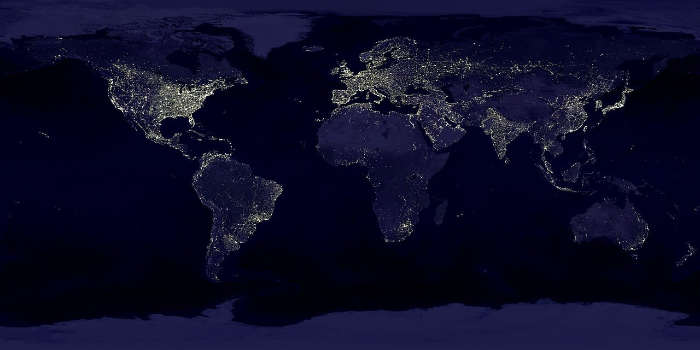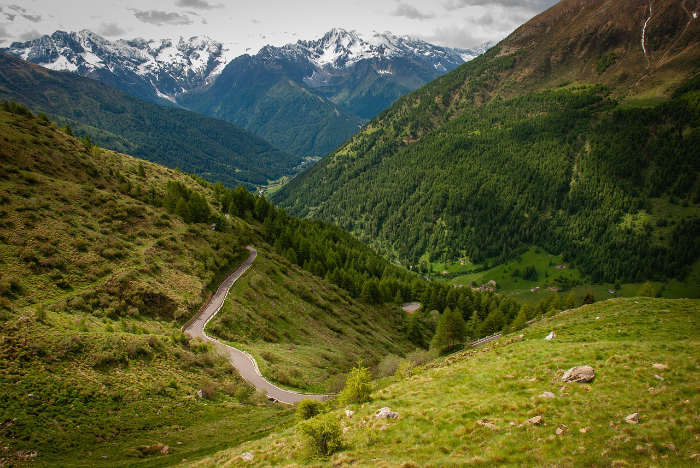Which Countries Celebrate Day of the Dead?

Yes
Celebrate Day of the Dead
Country | Celebrate Day of the Dead↓ | Additional Details | |
|---|---|---|---|
| United States | Yes | Some states with Mexican communities, such as Texas, New Mexico, Arizona and California, celebrate day of the dead in a similar way to celebrations in Mexico. | |
| Brazil | Yes | The Brazilian public holiday of Dia dos Mortos is celebrated on November 2. Similar to other Day of the Dead celebrations, people go to cemeteries and churches with flowers and candles and offer prayers. | |
| Mexico | Yes | Día de los Muertos in Mexico, celebrated from October 31 to November 2, involves cemetery visits, parades, and vibrant celebrations, in order to honor their departed loved ones. | |
| Philippines | Yes | In the Philippines, they celebrate their version of Mexico's Day of the Dead called Undás, also known as All Souls' Day. They visit the graves of loved ones to clean and repair tombs, with a focus on family and remembering departed relatives. | |
| Italy | Yes | November 2 is All Souls' Day, also known as "Giorno dei Morti." People honor their deceased relatives by placing flowers at cemeteries, talking to them, and observing traditions like lighting red candles on windowsills. | |
| Peru | Yes | It is common for Peruvians to visit the cemetery, play music and bring flowers to decorate the graves of dead relatives. | |
| Guatemala | Yes | Day of the Dead is marked by the Festival de Barriletes Gigantes, where families come together to fly enormous kites, symbolizing a unique and heartfelt way of honoring and communicating with their departed relatives. | |
| Ecuador | Yes | Also called El Día de los Difuntos, it is especially important to Kichwa people. It is celebrated only on November 2nd, but it's centered around the same ideas and traditions. Families gather at the community cemetery to celebrate deceased relatives and enjoy food together. | |
| Haiti | Yes | Haiti's Day of the Dead, celebrated on November 1st and 2nd, focuses on honoring the Voodoo spirit linked to death and family, featuring traditional rituals, feasting, and lively dancing and singing to commemorate and pay respects to their departed loved ones. | |
| Czechia | Yes | In a promotion by the Mexican embassy in Prague, local citizens have embraced a Mexican-inspired Day of the Dead. Activities include events organized by a theater group, featuring candles, masks, and luminous paint to create sugar skull designs. | |
| El Salvador | Yes | El Salvador celebrates the Day of the Dead with La Calabiuza, where people dress as skeletons, dance through the city, and use the event to honor their indigenous culture and resist the influence of Spanish colonization. | |
| Costa Rica | Yes | Costa Rica celebrates Día De Los Muertos on November 2. The day is also called Dia de Todos Santos. Catholic masses are celebrated and people visit their loved ones' graves to decorate them with flowers and candles. |
- Day of the Dead is also known by its Spanish name, Dia de los Muertos.
- Day of the Dead is often intertwined with similar and/or adjacent holidays, including Halloween, All Saints’ Day, All Souls’ Day and Dia das Bruxas (Witch’s Day.
Highlighted Countries
Mexico – Día de los Muertos
When asking what countries celebrate Day of the Dead, Mexico will always be the first that come to mind. This day occurs the day after Halloween on November 1. Mexico is the country that first began its celebration of Día de los Muertos or Day of the Dead. These celebrations were launched when Mexicans believed that the dead would be offended by mourning and sadness. So a celebration was launched annually to honor the dead as a day separate from the grief of funerals, memorials, and wakes. Mexicans celebrate Día de los Muertos with sugar skull-shaped candies and figures to eliminate the border between the dead and the living.
Ecuador — El Día de los Difuntos
Ecuador is not the first people think of when asking what countries celebrate day of the dead, but they have their own traditions. Here it is called El Día de los Difuntos, Day of the Deceased, and operates under similar premises to Mexico. This is held over November 1 and November 2 and includes upbeat celebrations, family feasts, and unique pastries such as the pastry shaped like a baby called guaguas de pan.
Guatemala — Festival de Barriletes Gigantes
The Guatemalans don’t call it the Day of the Dead, but it is celebrated on the same day of November 1. Here it is called the Festival de Barriletes Gigantes which is called the Festival of Giant Kites. The Guatemalans celebrate with huge kites that they will fly into the heavens to honor their passed loved ones. Kites are used as the original Indigenous population of Guatemala believed, and still do, that kites are a way to talk to dead people. Their kites today on their Festival of Giant Kites are made to honor the special memories, favorite things, and lives of those that have passed as a hope their loved one will see it and know they are thinking of them.
Philippines — Undás
When looking at what countries celebrate Day of the Dead, Philippines will come up. This is called Undás in the Philippines and also celebrated on All Saint’s Day. This celebration is very much like Mexico’s, where parades and feasts are created. People will travel from all over the world to join their loved ones during Undás in the Philippines. This is a two-day celebration where candles have a special significance.
Haiti – The Voodoo Spirits
Haiti has a Day of the Dead in November that has the same name. This celebration draws on the Voodoo religion which plays the most predominant role in this day. Here, Voodoo spirits are called upon to celebrate both the dead and fertility issues to bring new life into the families of Haitians. This is a two-day festival marked by singing and dancing, ritual, and many feasts.
El Salvador – La Calabiuza
When looking at what countries celebrate Day of the Dead, El Salvador has its own rich history in the festival they call La Calabiuza. It is a celebration not always held as it does not come without controversy. When it is celebrated, this takes place early in November and is steeped in Indigenous principles. In El Salvador, the people dress like skeletons and form parades where they walk through the towns with torches and candles. It is very similar to the American holiday of Halloween, but when honored completely, it places more emphasis on grander shows of parades and the giving of trinkets and food. When it is not honored in true Indigenous fashion, it is honored like the American Halloween holiday.
